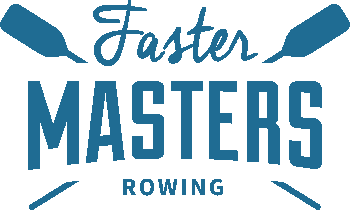Good stress and bad stress – what they are and how to handle rowing stress | Faster Masters Rowing Radio – the podcast for masters rowing.
Timestamps
One thing to improve masters rowing – Rebecca is asking this question on LinkedIn.
02:00 This Past Week – Marlene met Tony, a faster master from Sherbrook, Canada.
Good stress / bad stress
04:00 Good stress / bad stress
A good stress helps you grow , challenges you. Something unfamiliar but which stimulates you to improve.
It pushes you in a positive direction.
Bad stress is too much of a challenge which causes breakdown.
Coach tells stroke “you are responsible for the outcome of this race”. Putting athletes into situations which are way over their heads is inappropriate
10:45 Learning to push yourself into situations where you are vulnerable and uncertain is part of the rowing journey
12:30 Integrating new people into the club as an outing plan.
Good stresses – training with incremental goals. Raise the bar gradual.
A more challenging boat balance situation. It was clear we had gone too far so we switched boats.
Stress Mantras
- 30 Three Stress Mantras
- Do nothing
- Let It Go
- Let It Be
24:30 When I push off the dock all the bad stresses stay on land. This is a skill. Learn to leave them behind.
28:30 In racing when starts are delayed can you do anything about it? How can you use the time profitably?
Acquire Resilience Mental skills
32:00 Why does Let it be work best as a stress mantra?
Percentage of people reporting reduced stress from the 3 mantras.
- Do nothing 4% – this represents Passive Denial
- Let It Go 24% – this represents Active Denial
- Let It Be 45% – this represents Stoic acknowledgement
Daily things which impact you in the boat.
Steering an 8 with pressure
Irene’s Question:
“Could you maybe talk about how to best behave in an eight to support steering? Some curves are so tight we need to dampen the power on the inside, but do we lean in a direction, do we adapt our stroke length or something? And what about in longer curves where we can continue rowing at full power on both sides but still want to support the cox – how do we best do that? Or do we let her do her thing and just row?”
Techniques for steering in an eight round a sharp corner.
- Know the boat’s pivot point and use pressure from 2 people on bow side and 2 on stroke side. Pick 1&3 and 8&6 or the reverse 2&4 and 7&5.
- PLUS – early catches on one side and less pressure at the finish on the other side.
- Lateral pressure on the gate on the side you are turning towards to maintain a level hull.
- Short strokes on one side to use the acute catch angle and a hard catch to pull the bows round – works best in sculling.
- More pressure on your inside leg works well for a less sharp bend.


